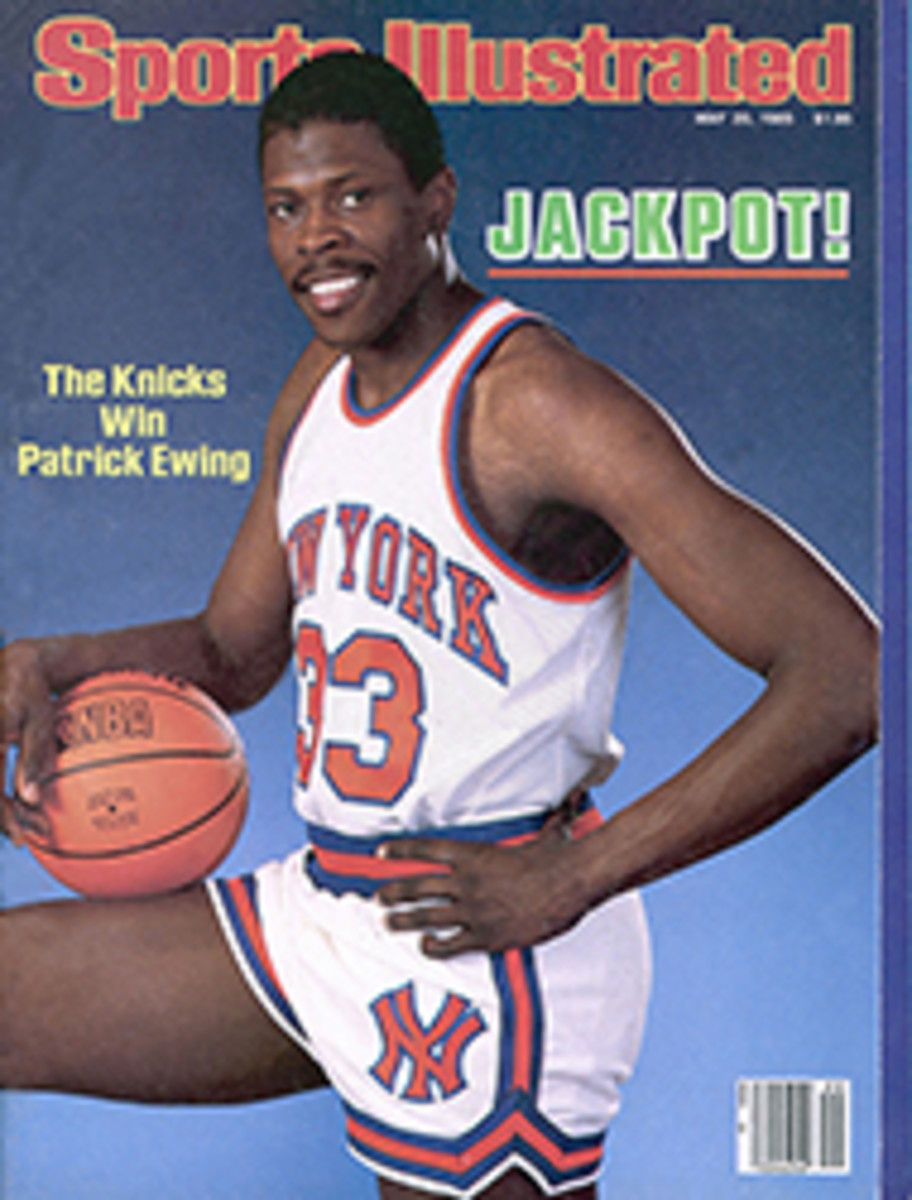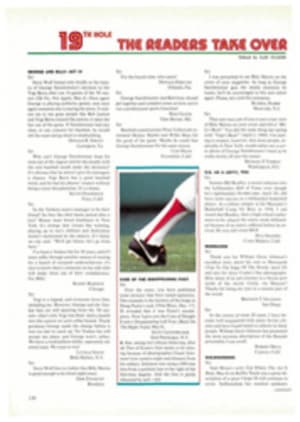
THIS STORY OF A SINGLE GAME COULD MAKE YOU A DEDICATED BASEBALL FAN
If you are a casual baseball fan—and half of all Americans probably are, the other half being serious fans—then here is a book that could move you into the other half. Daniel Okrent has written 272 pages on a game between the Milwaukee Brewers and the Baltimore Orioles played June 10, 1982 (Nine Innings, Ticknor & Fields, $16.95). At the very end, he reprints the 17-line AP account of the game that appeared in the sports pages around the country the following day; this presumably supplied all the information necessary for understanding what happened. So what's in Okrent's 272 pages? The answer is: The information you really need to understand what happened, and all of it is compelling.
There are no essays on green grass and the taste of beer and hot dogs; no account of how Okrent fell in love with the game as a boy, playing catch with his dad; no labored metaphor portraying the sport as a microcosm of Life. Instead, Okrent tells you precisely what was going on that day in 1982—who was making what educated guesses and planning what action, what everybody's options were and why; in short, what the myriad possibilities in this marvelous game are and what brings them about. For example, Milwaukee relief pitcher Jim Slaton was brought in to replace Bob McClure in the top of the third inning with one out, Baltimore's Eddie Murray on first and lefthand-hitting Al Bumbry coming to bat in place of righthanded Benny Ayala. Much more preceded Slaton's first pitch than the normal guessing game between pitcher and batter, fascinating in itself. Bumbry, "a once speedy outfielder with a weak arm and no better than an average outfielder's bat," was pinch-hitting because Baltimore manager Earl Weaver assembled his teams to fit his imaginative style of play. "Weaver could take what was fundamentally a 9- or 10-man sport and make it a 25-man sport. By doing that he had created his own system of leverage, making each Baltimore team greater than the sum of its parts."
Thus "the prospect of replacing a starting outfielder with a pinch hitter in the third inning [did] not indicate panic or disorganization in the Baltimore dugout; other managers would rarely make such a move so early, because Slaton could be replaced by a lefty in an inning or two, and they'd be stuck with the wrong platoon in the game. But Weaver could withstand such a change because the very best of his interchangeable outfield parts...was still on the bench.... Such manipulations were not dictated by the Orioles' deficiencies; Weaver's team, like no other in the history of baseball, was built precisely, and intentionally, to make them possible."
Back to that first pitch. Would Bumbry try to bunt Murray along? The Milwaukee infield moved to hold Murray on first and prepared for a bunt, even though everyone knew that "Weaver, who saw most bunts as the needless wasting of a precious out, would surely never tell Bumbry to bunt, [but in this situation he] might attempt to bunt for a base hit on his own. Slaton needed also to consider Bumbry's options, for they would dictate his own. A high pitch was the likeliest way to discourage Bumbry from bunting...." The trouble was that Bumbry was a notorious high-fastball hitter, and Slaton was most effective in the lower half of the strike zone.
And so the game went, with Okrent analyzing and explaining. Needless to say, there are numerous pauses in the narrative to tell why the action arrived at a particular point. But the key factor that makes this a superb book is that all the asides, the result of two years of research, have a direct bearing on what took place on June 10. These include the acquisition of general manager Harry Dalton and his "Dalton Gang" to run Milwaukee baseball, the trade that brought Ted Simmons, Rollie Fingers and Pete Vuckovich to the Brewers, the development in the 1930s of a new pitch called the slider, and the personalities and aspirations of dozens of baseball professionals. There isn't an ounce of padding, not one irrelevant anecdote. And Okrent picked the right teams at the right time. It was a tense game, the fortunes of conflict shifting rapidly. Seven pitchers performed. Tactics succeeded, tactics failed. Milwaukee won. Appropriately, nearly four months later, on the last day of the 1982 season, the Brewers again beat the Orioles, thus winning the American League East by a single game.

